_
|
OUR
HISTORY |
| _ |
|
Globemaster
tails |
| |
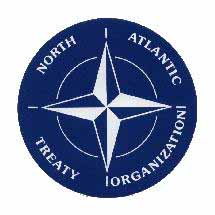 |
.jpg) |
| |
|
NORTH ATLANTIC TREATY ORGANIZATION / HEAVY AIRLIFT WING
|
| |
|
Pápa Air Base, Hungary |
| |
|
|

|
|
|
|
|
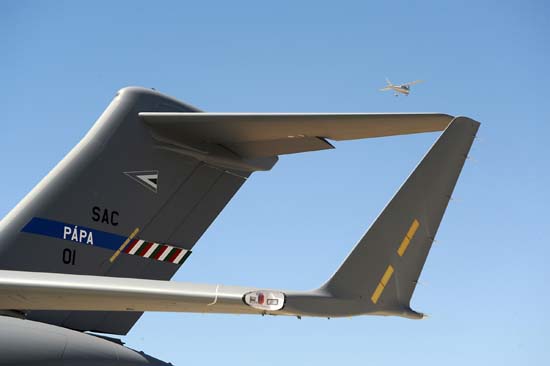 |
|
PHOTO BY Joseph Juarez - U.S. AIR FORCE |
SAC 01, the first of three C-17 Globemaster IIIs
to be flown by multinational aircrews from the 12-nation
Strategic Airlift Capability Program's Heavy Airlift Wing,
awaits its maiden flight home July 14 from Boeing's C-17
final assembly facility in Long Beach, Calif., to Papa Air
Base, Hungary.
|
|
|
|

|
|
|
| |
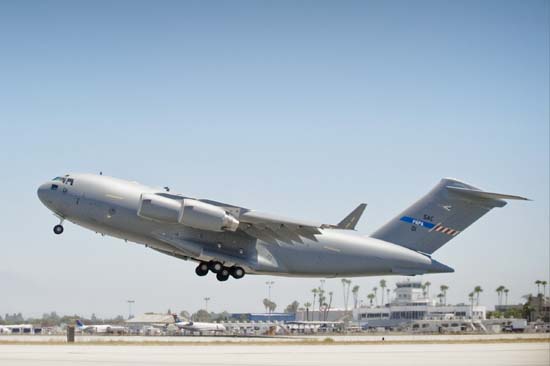 |
|
BOEING PHOTO |
SAC 01 takes off beginning its
5,300-nautical-mile maiden flight 14 July 2009 from Long
Beach, Calif., to Papa Air Base, Hungary. The aircraft is
the first of three C-17 Globemaster IIIs to be acquired by
the 12-nation Strategic Airlift Capability Program. The
Hungarian air base is home to the SAC Program's
multinational, operational-level unit, the Heavy Airlift
Wing, which will officially be activated 27 July 2009.
|
|
|
|
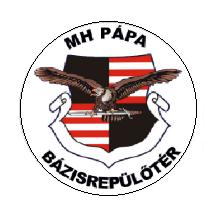
|
| |
|
|
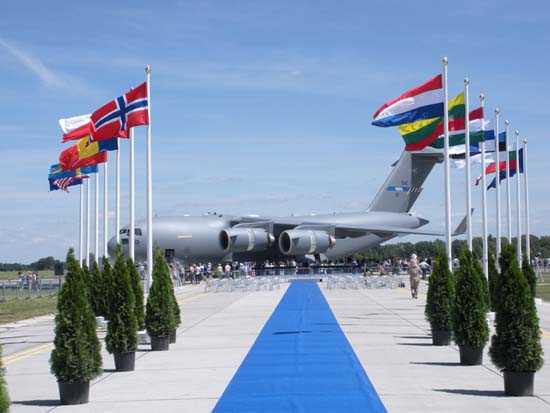 |
|
|
|
12-nation Heavy Airlift Wing takes
flight with first C-17 |
|
BY
Maj. Cristin Marposon U.S. Air
Forces in Europe Public Affairs |
|
7/16/2009 - RAMSTEIN AIR
BASE, Germany (AFNS) -- Twelve nations saw their
dreams of strategic airlift come true as the
multinational Heavy Airlift Wing they've built from
scratch in less than a year received the "keys" to its
first C-17 Globemaster III July 14 in Long Beach, Calif.
During a ceremony at Boeing's final assembly
facility, Col. John Zazworsky who commands the HAW in a
multinational capacity, officially received the first of
three C-17s to be acquired by the Strategic Airlift
Capability Program's consortium.
The consortium
includes NATO member nations Bulgaria, Estonia, Hungary,
Lithuania, the Netherlands, Norway, Poland, Romania,
Slovenia and the United States, as well as Partnership
for Peace nations Finland and Sweden.
"This is
an unprecedented milestone for these 12 nations,"
Colonel Zazworsky said. "They've shared a common need
for strategic airlift, yet they've each faced the
financial obstacle of independently acquiring a heavy
airlifter. Now, they collectively own an amazing machine
that will serve them well.
"Since September 2008
when the consortium's memorandum of understanding went
into effect, we've tirelessly worked to build from
scratch what's essentially a multinational air force --
without a real template of any kind," the colonel said.
"Our timeline has been aggressive, but we're prepared to
safely fly SAC 01."
While some of the 11
European nations participating in the program own
tactical airlifters, including the C-130, SAC 01, as the
first C-17 is known, represents the first strategic
airlift asset for all 11 nations. And given each
nation's commitment to support NATO's International
Security Assistance Force in Afghanistan, the HAW's
eventual C-17 fleet of three will make transporting
troops and supplies to Afghanistan more efficient and
economical.
Colonel Zazworsky knows this fact
well, having flown the C-17 himself for years and having
commanded C-17 units both stateside and in expeditionary
roles in Iraq and Afghanistan.
"SAC 01 is going
to be a huge enabler for all the nations involved," he
explained. "And that's really what it's all about --
building capacity through partnership."
At the
hands of HAW pilots from Norway, Sweden and the U.S.,
SAC 01 departed Long Beach for Charleston Air Force
Base, S.C., shortly after the delivery ceremony,
beginning its 5,300-nautical-mile maiden flight home to
Pápa Air Base, Hungary, the HAW's home base.
But
to make the most of the miles, HAW loadmasters, also
from Norway, Sweden and the U.S., will load SAC 01 at
Charleston AFB with specialized heavy equipment, like
cargo loading vehicles and forklifts, which will enable
the HAW to carry out logistics support functions at Pápa
AB.
"I feel fortunate to be on the first trip
with the airplane," said Royal Norwegian Air Force Capt.
Havard Brorby, a HAW loadmaster who trained at the C-17
Aircrew Training Center at Altus AFB, Okla., this
spring. "My country would never be able to have an
aircraft like this, but now it's possible."
According to Colonel Zazworsky, SAC 01 will begin
operational missions in support of the nations'
requirements by the end of the month, just days after
the wing's official activation ceremony July 27. Many of
those missions will be flown to meet the nations'
commitments to ISAF.
With the second and third
C-17s rounding out the HAW fleet of heavy airlifters in
September and October, respectively, the HAW anticipates
flying roughly 630 hours before the end of 2009, and
scheduling more than 3,100 flying hours in 2010.
The nations' varying investments in the SAC Program
dictate their proportionate share of the flying hours as
well as their proportionate contribution of personnel.
For instance, the U.S. has provided roughly 30 percent
of the funding, will use 30 percent of the annual flying
hours and has committed 41 Airmen, or roughly 30 percent
of the HAW's 131 total positions.
The HAW itself
is a small wing by many nations' standards, but other
entities will augment the overall mission. Some 70
Boeing contractors will provide material management and
depot maintenance support for the HAW's C-17s. A NATO
agency of roughly three dozen individuals will handle
acquisition, logistics support and financial matters.
And finally, the Hungarian air force, as host at Pápa
AB, will manage the airfield, air traffic control
operations and base infrastructure support.
|
|
|
|
|
|
|
Heavy Airlift Wing receives third, final
C-17
|
|
10/16/2009 - PAPA AIR
BASE, Hungary (AFNS) -- The third and final C-17
Globemaster III to complete the Heavy Airlift Wing
aircraft inventory arrived here Oct. 12 and was welcomed
by the Hungarian Chief of Defense General Laszlo Tombol
and other civic leaders from the surrounding
communities.
The delivery of the third aircraft
marks the completion of the HAW that has been in the
buildup stage for the past year.
"This is a very
important milestone of the improvement of the Heavy
Airlift Wing to fulfill the task to build this wing,"
said General Tombol during the ceremony. "For this
challenge of setting up this wing, I wish you all the
best."
The HAW's three aircraft will meet the
strategic airlift requirements of the 12 Strategic
Airlift Capability member nations for missions in
support of NATO, the European Union and the U.N. One of
the wing's current primary obligations is to support the
International Security Assistance Force in Afghanistan.
"This is a great day for the SAC program, it's a
great day for NATO, it's a great day for Hungary and a
great day for Papa," said Gunnar Borch, NATO Airlift
Management Agency general manager. "We have reached
another very important milestone in the SAC program."
U.S. Air Force Col. John Zazworsky, HAW
commander, piloted the first aircraft delivered to Papa
Air Base and was on board for the delivery mission of
the latest C-17.
"The delivery of this third
plane came on a very special day," Colonel Zazworsky
said. "When we picked up the airplane last week, it was
the one-year anniversary of when just 14 of us started
working here in Papa alongside the Hungarian air force
to start this project.
"One year later, with the
help of NAMA, Boeing, the Hungarian armed forces and the
country of Hungary, we had all three of our airplanes in
the air on the same day," he said.
The first
C-17 was delivered to Papa AB on July 18 and the second
aircraft arrived here Sept. 21. The wing was officially
activated in a multinational ceremony held July 27.
Over the past year, various U.S. Air Forces in
Europe Airmen have been working to get the wing fully
functional. Currently, there are 42 Airmen assigned to
the HAW, working in partnership with 90 Airmen from 11
other nations.
The SAC comprises 10 NATO and two
Partnership for Peace nations: Bulgaria, Estonia,
Finland (PfP), Hungary, Lithuania, the Netherlands,
Norway, Poland, Slovenia, Sweden (PfP), Romania and the
United States.
|
|
|
|
|
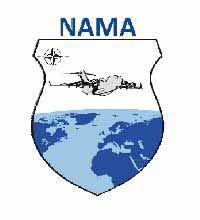 |
|
NATO Airlift Management Agency |
|
|
| |
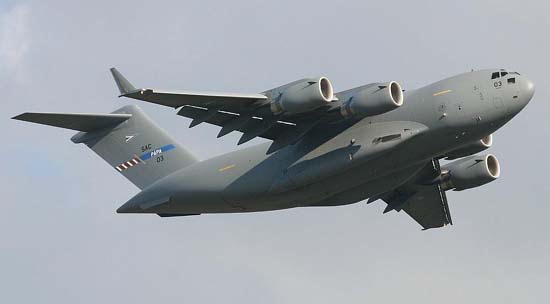 |
| |
Strategic Airlift Capability
Program
HEAVY
Airlift Wing |
| |
Ten NATO
countries plus two Partner countries have signed a
Memorandum of Understanding confirming their participation
in Strategic Airlift Capability (SAC) initiative to acquire,
manage, support and operate three Boeing C-17 strategic
transport aircraft.
The aircraft operate out of Pápa Air Base in
Hungary. The first aircraft was delivered on 27
July 2009 with the second and third aircraft following
in September and October 2009, respectively.
The aircraft is operated by multinational aircrews
under the command of a multinational military structure
– the Heavy Airlift Wing (HAW). The HAW is
currently commanded by a US Air Force officer with a
Swedish Air Force Deputy Commander. The HAW is
manned by personnel from all participating nations.
This is one of two complementary initiatives aimed
at providing NATO nations and participating Partners
with strategic airlift capabilities. A second
initiative is the Strategic Airlift Interim Solution (SALIS),
under which a multinational consortium of 18 countries
has contracted a civilian company for the charter of
Antonov An-124-100 transport aircraft. In
addition, there are national procurement programmes in
place to improve airlift capabilities, including the
acquisition by seven NATO nations of 180 A400M aircraft,
and the purchase by Canada, the United Kingdom and the
United States of C-17s for national use.
|
|
|
COMPONENTS
The C-17 is a large strategic transport aircraft
capable of carrying 77 000 kilograms of cargo over 4450
kilometers (2400 nautical miles) and is able to operate
in difficult environments and austere conditions.
The planes are configured and equipped to the same
general standard as C-17s operated by the US Air Force.
The crews and support personnel are trained for mission
profiles and standards agreed by the countries.
These strategic lift aircraft are used to meet
national requirements, but could also be allocated for
NATO, UN or EU missions, or for other international
purposes. The Heavy Airlift Wing has flown missions in
support of ISAF and KFOR operations, for humanitarian
relief activities in Haiti and Pakistan and peacekeeping
mission in Africa.
|
|
|
EVOLUTION
Following intense consultations, a Letter of
Intent (LOI) to launch contract negotiations was
publicly released by 13 NATO countries on 12 September
2006. In the intervening period, two Partners
joined the consortium and NATO participation evolved to
the current ten members. On 20 June 2007, the North Atlantic Council
approved the Charter of a NATO Production and Logistics Organisation (NPLO), which authorizes the establishment
of the NATO Airlift Management Organisation (NAMO).
The Charter came into effect upon signature to the
Memorandum of Understanding (MOU) and notification to
the North Atlantic Council, in September 2008. The
Charter authorized the establishment of the NATO Airlift
Management Agency (NAMA), which acquired, manages and
supports the airlift assets on behalf of the SAC
nations.
|
|
|
PARTICIPANTS
|
|
The participants include
ten NATO nations (Bulgaria, Estonia, Hungary, Lithuania, the
Netherlands, Norway, Poland, Romania, Slovenia and the United
States) and two Partnership for Peace (PfP) nations (Finland and
Sweden).
|
|
|
|
| |
|
Website
provided and maintained by: |
|
|
|
McChord Air Museum Foundation |
| P.O.
Box 4205 |
| McChord
AFB, WA. 98438-0205 |
| 253-982-2485 |
|
e-mail
- mamfound@mcchordairmuseum.org |
|
|
|
|
|
|

|
| |
|


.jpg)






